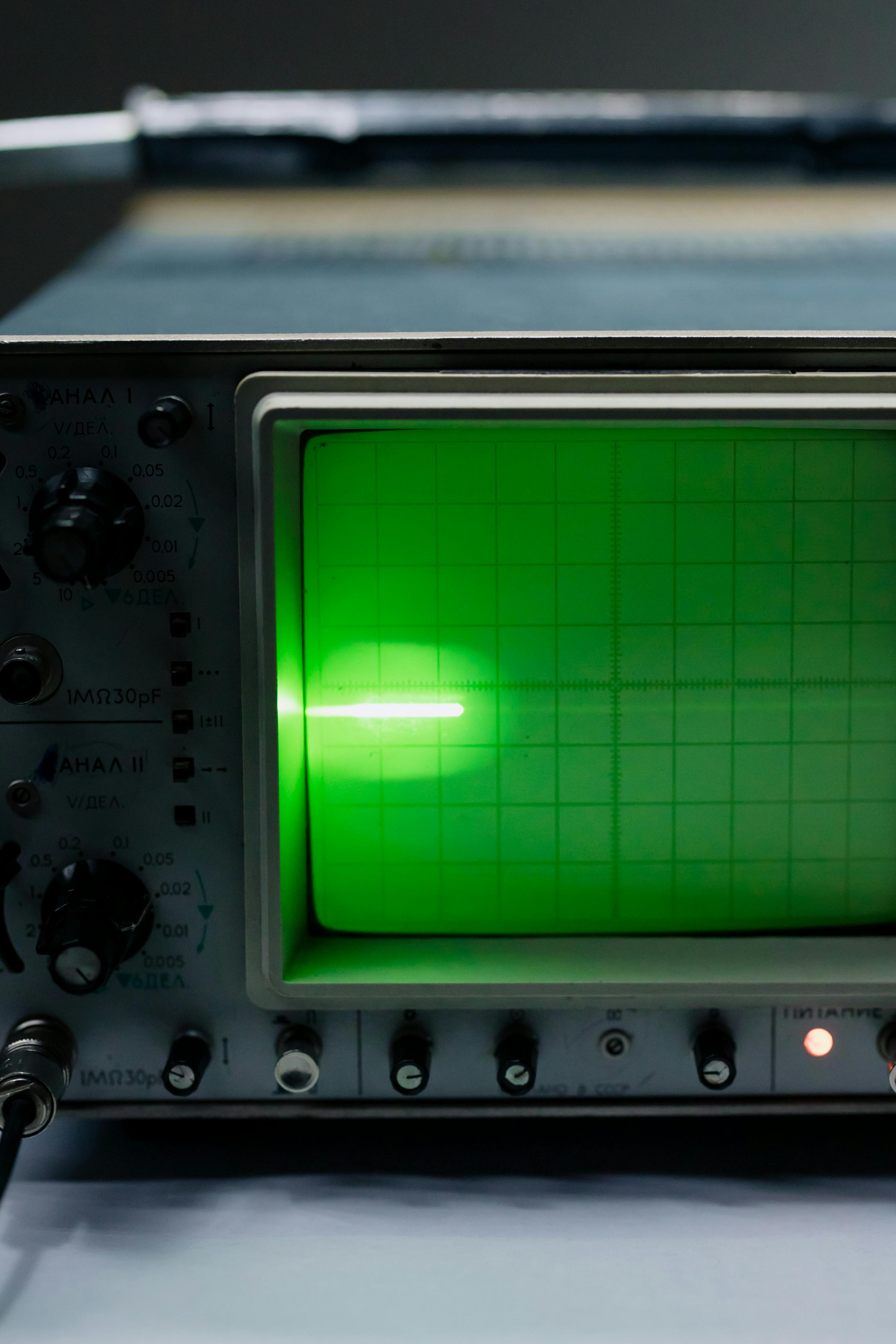
Most DAC chips (or R2R ladder networks) work with I2S (or DSD) signals. They make an analog signal from a "digital" one... but a digital signal (the square wave carrying 0's and 1's) is still an analog signal. Square waves are not square in real life.
Most USB receivers in a DAC function as buffers and translators and re-clockers. They have to accept a USB signal carrying packets of "audio" data, store them up, and then translate and reclock them for the DAC chip. All of this work has to happen inside the DAC chassis, powered by the DAC's power supplies.
The proposed benefit of an I2S streamer is twofold:
- You can avoid having to power "computer" circuits inside the DAC by removing the USB receiver (also assuming you are not building a network streamer into the DAC)
- You can avoid a signal translation in the audio chain (and another re-clock) by sending I2S to the DAC
If you take a simplistic look at the theory here, we can flawlessly pass digital signals. So a streamer is a streamer is a streamer... and a bit is a bit is a bit.
But is that really scientific fact?
Square waves are not square in real life.
This means that different approaches / architectures / implementations can lead to measurably different square waves. (spacing of the leading and falling edges, flatness of the flat parts, angles of the rising and falling edges, etc.)
DAC's do stuff to the signal
DACs often employ filters and attempt to correct for jitter, meaning that differently shaped square waves (carrying the same stream of 0's and 1's) can be converted to analog with differences.
Experiments have Error Bars
When scientists conduct experiments, their results are usually published with error bars. There are limitations on the data gathering, the tools, etc. that introduce tiny issues into the data. They then make the statement that the universe behaves as they claim, within those error bars. In theory, "Force = Mass x Acceleration" and "Acceleration = Force / Mass". In practice, if you know the Force and the Mass, your calculation will agree with your measurement WITHIN THE ERROR BARS of your experimental design.
Within high-end audio, the formulas are "Live Event = Recorded Event" and "Recorded Event = Reproduced Event", which means "Live Event = Reproduced Event."
In practice, though, the Reproduced Event will match the Live Event Live Event = Recorded Event" WITHIN THE ERROR BARS of the entire signal chain.
The only part of that chain which you can control is your audio setup.
Photo by cottonbro studio